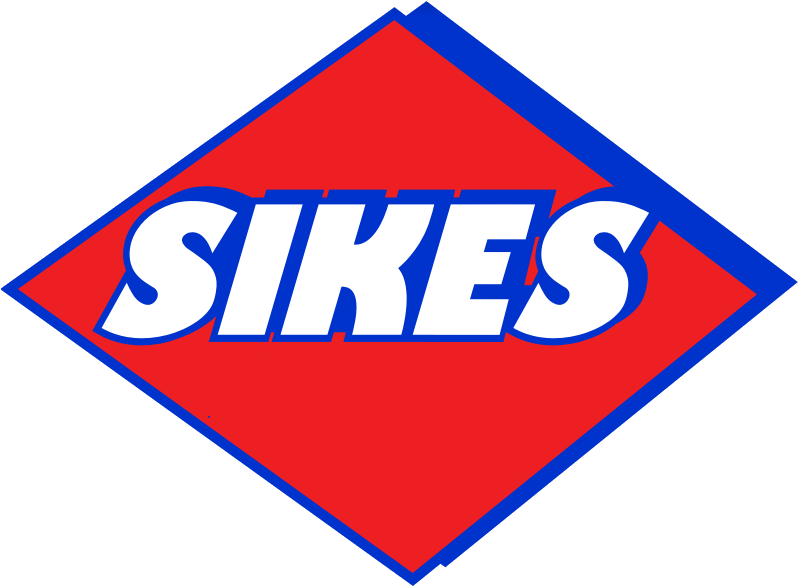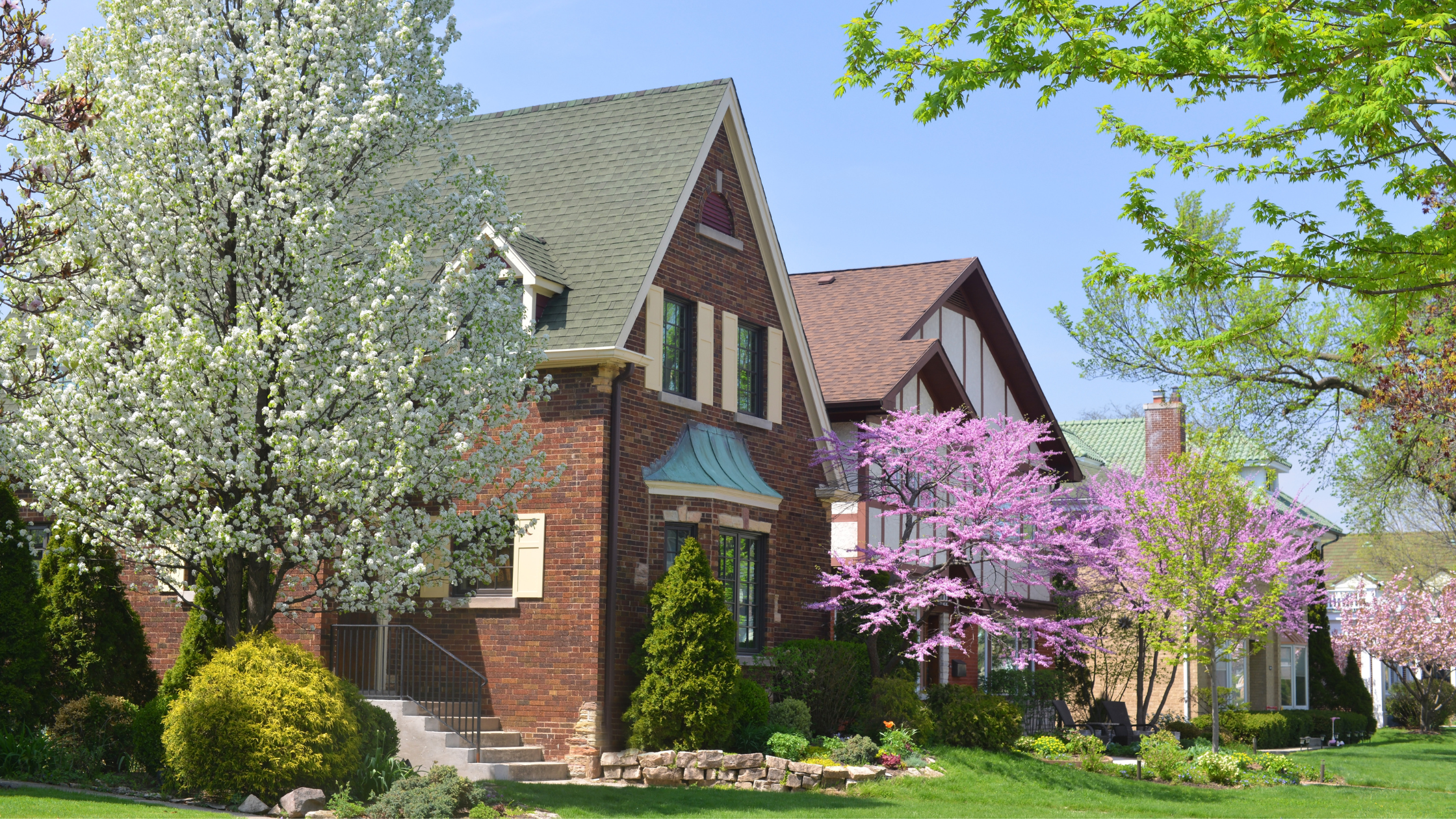WHAT IS FILL DIRT AND WHAT ARE ITS BENEFITS?
FILL DIRT
Fill dirt is a type of soil that is commonly used in landscaping and construction projects. Fill dirt is typically excavated from the ground and is often used to fill in low areas or to raise the elevation of a site.
Fill dirt is a type of soil that is used to fill in holes, low spots, or other areas that need to be raised or leveled. It is typically made up of a mixture of clay, sand, and other materials, and is often compacted to provide a stable base for construction projects or other purposes. Fill dirt is typically not considered to be suitable for growing plants, as it lacks the necessary nutrients and organic matter to support plant growth. Fill dirt is often used in construction and landscaping projects to provide a stable base for buildings, roads, and other structures. It is also commonly used to fill in low-lying areas or to create a level surface for construction. In some cases, fill dirt may be used to build up the elevation of an area, such as in the case of a retaining wall or to create a slope for drainage purposes.In addition to its use in construction and landscaping, fill dirt may also be used in other types of projects. For example, it may be used to fill in holes or gaps in a lawn or yard, to create a level surface for a patio or driveway, or to raise the elevation of a garden bed. Fill dirt may also be used to backfill around the foundation of a building to provide added stability and support. When selecting fill dirt for a project, it is important to choose a product that is appropriate for the intended use. Some fill dirt products may be specifically designed for certain applications, such as filling in holes or leveling a surface, while others may be more general-purpose. It is also important to consider the composition of the fill dirt, as this can affect its suitability for different projects. For example, fill dirt that is high in clay content may be more suitable for use in areas with high moisture, while sandy fill dirt may be better for drainage purposes.The Benefits of Using Fill Dirt in Landscaping and Construction
One of the main benefits of using fill dirt in landscaping and construction projects is that it is relatively inexpensive compared to other types of soil. Because fill dirt is excavated from the ground, it can be obtained for a fraction of the cost of buying topsoil or other types of soil from a nursery or landscape supply store. This makes it an appealing option for people who are working on a tight budget.
Another benefit of using fill dirt is that it is easy to work with. Fill dirt is typically loose and easy to spread, which makes it simple to use in a variety of different landscaping and construction applications. This can save time and effort when compared to other types of soil that may be more difficult to spread or shape.
Fill dirt is also highly versatile and can be used in a variety of different ways. In landscaping, fill dirt can be used to fill in low areas or to raise the elevation of a site. This can be useful for creating a level surface for a lawn or garden, or for creating a base for a retaining wall or other structure. In construction, fill dirt can be used to backfill trenches or to create a stable foundation for a building or other structure.
In addition to its practical uses, fill dirt can also be an environmentally friendly choice for landscaping and construction projects. Because it is excavated from the ground, using fill dirt can help to reduce the need for mining or other activities that can have a negative impact on the environment. Additionally, using fill dirt can help to conserve topsoil, which is a valuable resource that is essential for healthy plant growth.
MORE ADVANTAGES AND BENIFITS OF USING FILL DIRT
Fill dirt is a type of soil that is often used in landscaping and construction projects. Unlike topsoil, which is the top layer of soil and is rich in organic matter, fill dirt is typically made up of subsoil that has been removed from the ground during construction or excavation. This type of soil is often used to fill in low-lying areas, to level ground for building foundations, or as a base for paving projects.
There are many benefits to using fill dirt in landscaping and construction. For one, it is a cost-effective solution compared to other types of soil. Because it is made up of subsoil, fill dirt typically does not contain organic matter, which means it is less likely to decompose or compact over time. This makes it an ideal choice for filling in low-lying areas or for use as a base for paving projects, as it will provide a stable foundation that will not shift or settle over time.
Another benefit of using fill dirt is that it is relatively easy to work with. Unlike topsoil, which can be dense and difficult to spread, fill dirt is loose and can be easily moved and spread using basic tools and equipment. This makes it a good choice for DIY landscaping projects, as well as for larger construction projects where a lot of fill dirt is needed.
In addition to being cost-effective and easy to work with, fill dirt also has good drainage properties. Because it is made up of subsoil, fill dirt typically has a lower clay content than topsoil, which means it is less likely to become waterlogged or compacted. This makes it a good choice for use in areas where drainage is an issue, such as in low-lying areas or in areas where heavy rainfall is common.
Overall, fill dirt, is a great material for creating a well-rounded landscape. It is also an ideal material for inside the house. On its own, it's a great ground cover. However, its usefulness really comes into play when combined with other materials. When you start working with other materials like pea gravel, mulch, and sand, you will be amazed at what you can create.Fill dirt is one of the least expensive choices that you have when it comes to landscaping. It can also be used to fill in holes from garden features and concrete, gravel, or stone retaining walls. Fill dirt is great for leveling out driveways and adding a layer of soil that can be further developed later on. It is a good start-up material and can be layered with different types of soils.The biggest advantage of using fill dirt to replenish areas of land is a reduction in expenses. Fill dirt is inexpensive and easily accessible, as opposed to hauling in sod or topsoil to cover the bare spots in your yard or your construction sites. Fill dirt also has a high success rate, as it retains moisture well and adds great nutrients and minerals to the area where it's laid. You can also use fill dirt to your advantage if you have problems with rodents or other pests; placing a layer of this soil over the area will keep these animals from burrowing through and causing damage to any sensitive infrastructure.Featured Blogs
SIKES CONCRETE INC.
8030 FL-77, Southport, FL 32409
850-265-4564






